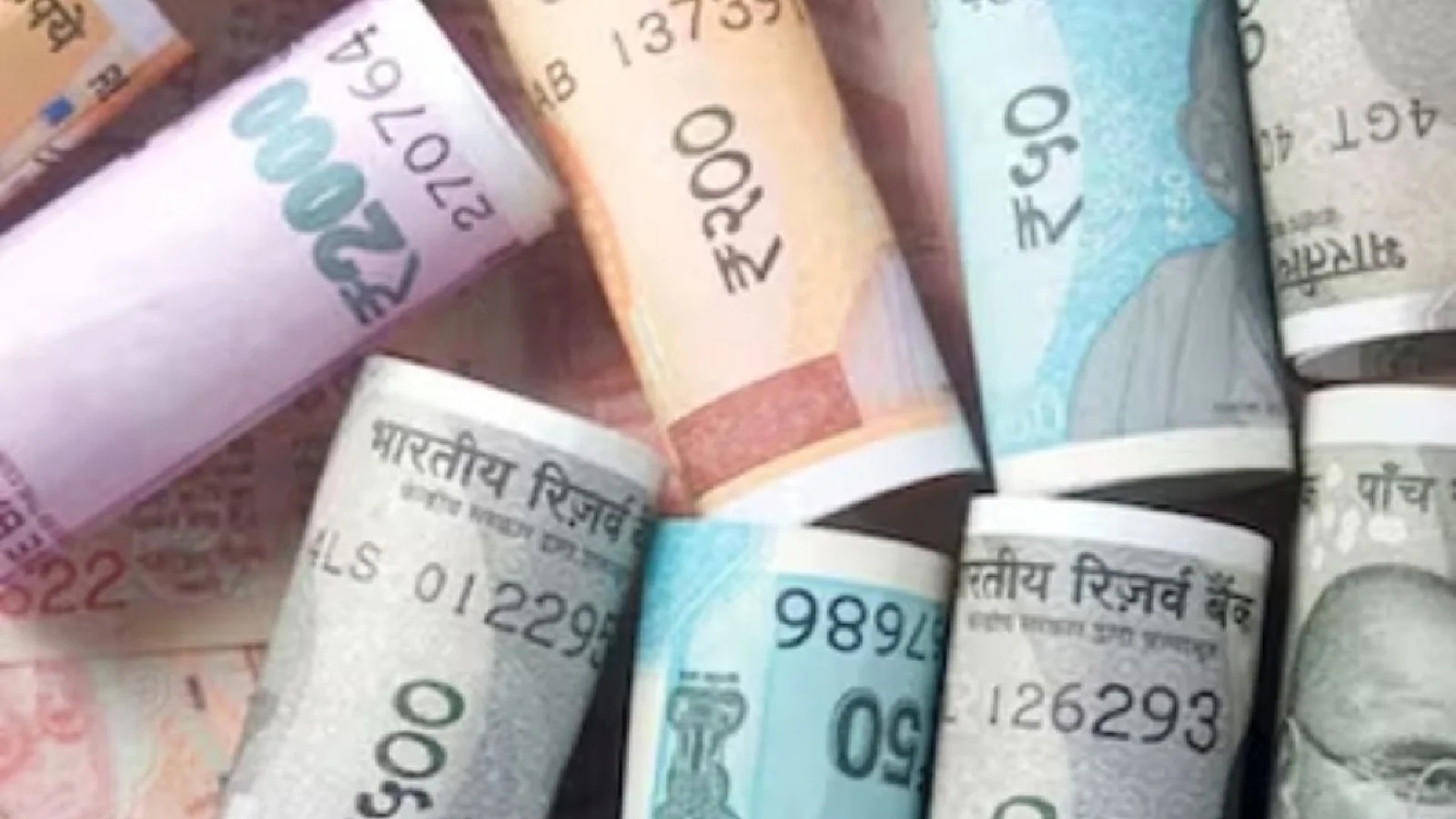
Expected DA Hike for July 2025: Central Government Employees to Benefit from 4% Increase
Central government employees are anticipated to receive a 4% dearness allowance (DA) hike in July 2025, according to recent inflation data analysis. The adjustment, part of the ongoing 7th Pay Commission framework, aims to mitigate the financial impact of rising prices. While the 8th Pay Commission remains pending, the current system is expected to provide at least one more DA increment before the new commission’s implementation. The latest CPI-IW data suggests a stabilization in inflation, prompting the government to consider a moderate increase in the DA rate, which currently stands at 55% after a 2% hike in March 2025.
DA Calculation Methodology and Inflation Impact on Allowance
The dearness allowance is determined using the Consumer Price Index for Industrial Workers (CPI-IW), with the government averaging the past 12 months’ data to apply the 7th Pay Commission formula. DA (%) = [(12-month average CPI-IW – 261.42) ÷ 261.42] × 100. While CPI-IW data for May 2025 shows a slight decline in rural and agricultural inflation, the government is closely monitoring trends to decide the final hike. Analysts suggest a 3-4% increase could push the DA to 58-59%, reflecting the balance between inflationary pressures and wage adjustments.
Salary Implications and Timeline for DA Approval
A 3% DA hike would translate to a monthly salary increase of approximately Rs 540 for entry-level employees with a basic salary of Rs 18,000. For higher pay brackets, such as a Rs 30,000 monthly salary, the allowance could rise from Rs 9,990 to Rs 10,440, benefiting pensioners as well. The final decision will hinge on June 2025 CPI-IW data, with the Union Cabinet expected to approve the new rate by September-October 2025. Retroactive payments from July will ensure employees receive the updated allowance promptly.
Comparative Analysis of DA and Dearness Relief for Pensioners
Unlike DA, which is tied to current inflation, dearness relief (DR) for pensioners is calculated separately using CPI-AL and CPI-RL data. While rural and agricultural inflation has eased slightly in May 2025, the government remains cautious about overestimating price trends. This approach ensures that both active employees and retired pensioners receive adequate compensation without overburdening the fiscal system. The 7th Pay Commission’s structured formula balances economic realities with employee welfare, setting a precedent for future adjustments.
Broader Economic Context and Future Projections
The DA hike decision reflects the government’s response to dual economic challenges: managing inflation while maintaining public sector wages. With CPI-IW data showing a tentative cooling in price pressures, the 4% increase aligns with the 7th Pay Commission’s historical approach to inflation-linked adjustments. Experts caution that sustained stability in CPI-IW data could lead to further hikes in subsequent years, ensuring that government employees’ purchasing power keeps pace with living costs. This framework underscores the importance of transparent, data-driven policymaking in public sector compensation.




